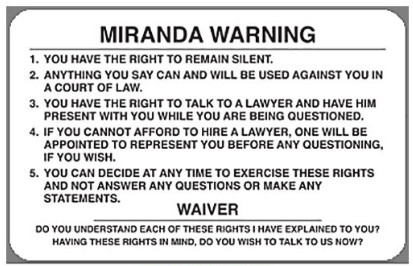

- Ref # CAB00179
- October 04, 2022
Miranda Update #11 - You Can’t Dance the “Two Step”!
FROM THE CLASSROOM
By: Ray Hill, Professor Emeritus, Santa Rosa J.C.
Miranda Update #11 - You Can’t Dance the “Two Step”!
This is the eleventh in a series of mini-articles covering basic Miranda and Confession Law. This review is equally applicable to detectives and those generalists who are assigned to investigate their own cases.
I recently spoke with a couple of former students who are preparing for an oral board for specialty assignments or promotion. They are Pro Plan subscribers. I counseled them to include in their presentations the fact that they keep updated weekly on case law related to law enforcement. With this information in hand, they are in the best position to keep any evidence they recover “legally obtained” or pass this information into trainees and subordinates with the same objective. Consider adding this to your future presentation. In preparation for a follow up question (What was the most recent case ), be prepared by checking the LUPC webpage and review the latest posting.
“Inserting Miranda warnings in the midst ....







